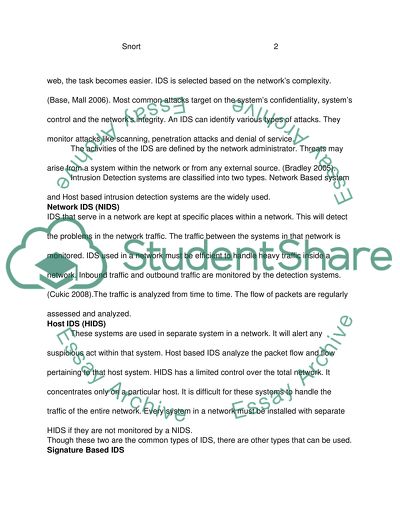Cite this document
(“Intrusion Detection System Essay Example | Topics and Well Written Essays - 3500 words”, n.d.)
Retrieved from https://studentshare.org/technology/1501716-intrusion-detection-system
Retrieved from https://studentshare.org/technology/1501716-intrusion-detection-system
(Intrusion Detection System Essay Example | Topics and Well Written Essays - 3500 Words)
https://studentshare.org/technology/1501716-intrusion-detection-system.
https://studentshare.org/technology/1501716-intrusion-detection-system.
“Intrusion Detection System Essay Example | Topics and Well Written Essays - 3500 Words”, n.d. https://studentshare.org/technology/1501716-intrusion-detection-system.


